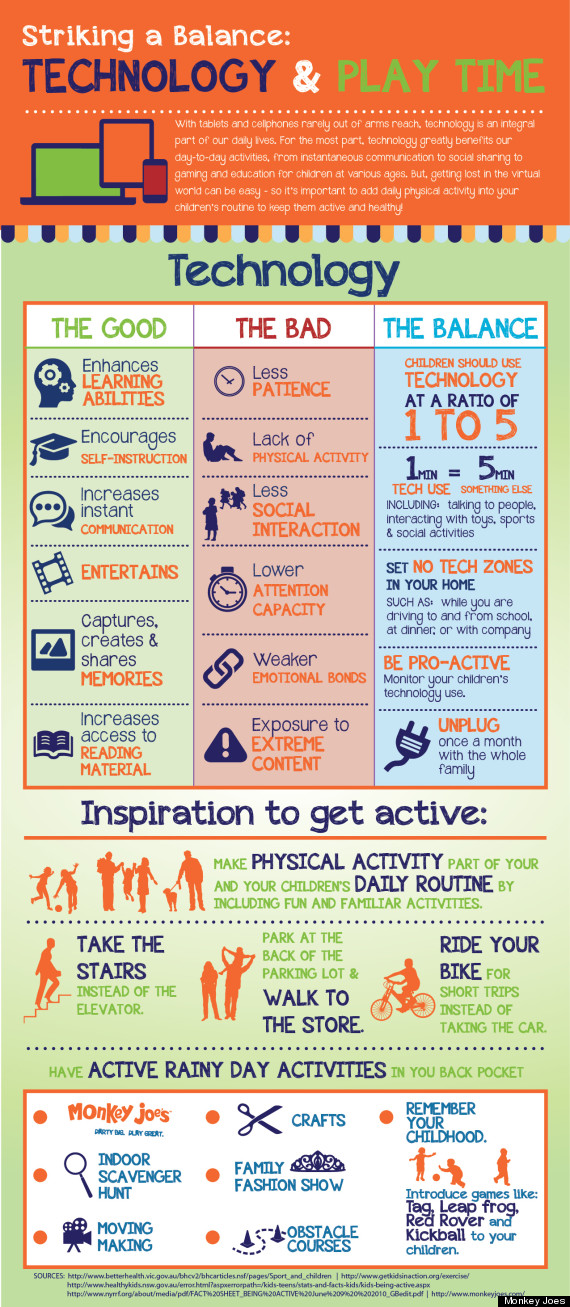Friday, October 24, 2014
Thursday, October 23, 2014
Thursday, October 2, 2014
Thursday, June 19, 2014
Made with Code
Do you want to try coding AND get a cool bracelet? It's super easy and fun! I honestly just made two.
- Go to www.madewithcode.com
- Scroll down and click on the purple "code a bracelet".
- Follow the instructions on the screen to code your bracelet.
- Put in your shipping information and verify you are you
- Your bracelet gets sent to a 3D printer
- Wait 3-4 weeks to get yours in the mail! Send me a picture when you get yours!
Thursday, June 12, 2014
What a cool project!
Click here to check out this awesome article about a 2nd grade project about researching what kind of business should go into the former Pine's Men's Shop in Uptown Park Ridge. The kids did an amazing job presenting and were so engaged in the process! Way to go Ms. D and the 2nd grade team!
Thursday, March 20, 2014
Doodle for Google
Some of our students here at Roosevelt just participated in the Google for Doodle competition. Students were challenged to create a Google Doodle with the following theme:
"If I Could Invent One Thing to Make the World a Better Place"
"If I Could Invent One Thing to Make the World a Better Place"
Check out our submissions below!
Wednesday, March 5, 2014
Finding a Balance with Screen Time
I'm sorry that I haven't blogged in awhile, however, I was out on maternity leave. I'm now back from leave ready to get back into the weekly keeping you informed routine.
One concern that parents and teachers often have when using technology is the topic of screen time and are our students getting too much screen time. Media is everywhere for our students from T.V., Internet, Computers, iPads, Video Games, Cell Phones, etc. According to the American Academy of Pediatrics, children today are spending an average of seven hours a day with entertainment media.
At school, our goal is to purposefully plan the use of technology in order to enhance instruction. As teachers, we ask three questions to make sure we are planning to use technology effectively in the classroom:
 Do you think your family needs a media plan or media diet? You can visit AAP's partner site, healthychildren.org, for tips on creating a Family Media Use plan. Even if you don't formally create a plan for your family, there are some great talking points to be considered for children and adults alike. Common Sense Media also has some guidelines for elementary schoolers and middle schoolers in creating a family media plan.
Do you think your family needs a media plan or media diet? You can visit AAP's partner site, healthychildren.org, for tips on creating a Family Media Use plan. Even if you don't formally create a plan for your family, there are some great talking points to be considered for children and adults alike. Common Sense Media also has some guidelines for elementary schoolers and middle schoolers in creating a family media plan.
One concern that parents and teachers often have when using technology is the topic of screen time and are our students getting too much screen time. Media is everywhere for our students from T.V., Internet, Computers, iPads, Video Games, Cell Phones, etc. According to the American Academy of Pediatrics, children today are spending an average of seven hours a day with entertainment media.
At school, our goal is to purposefully plan the use of technology in order to enhance instruction. As teachers, we ask three questions to make sure we are planning to use technology effectively in the classroom:
- Is it appropriate?
- Is it meaningful?
- Is it empowering?
By asking ourselves these three questions, we are ensuring that we are using technology to enhance learning in a purposeful way, not just using iPads for example, to use iPads. There are so many technology tools that enhance learning as well as other hands on manipulatives that don't use technology that as teachers, we need to make sure we keep a good balance of using both technology resources and non technology resources to make learning engaging and meaningful for kids.
At home, it's important that screen time is balanced as well. The American Academy of Pediatrics suggests the following ideas for parents:
- Parents can model effective “media diets” to help their children learn to be selective and healthy in what they consume. Take an active role in children’s media education by co-viewing programs with them and discussing values.
- Make a media use plan, including mealtime and bedtime curfews for media devices. Screens should be kept out of kids’ bedrooms.
- Limit entertainment screen time to less than one or two hours per day; in children under 2, discourage screen media exposure.
 Do you think your family needs a media plan or media diet? You can visit AAP's partner site, healthychildren.org, for tips on creating a Family Media Use plan. Even if you don't formally create a plan for your family, there are some great talking points to be considered for children and adults alike. Common Sense Media also has some guidelines for elementary schoolers and middle schoolers in creating a family media plan.
Do you think your family needs a media plan or media diet? You can visit AAP's partner site, healthychildren.org, for tips on creating a Family Media Use plan. Even if you don't formally create a plan for your family, there are some great talking points to be considered for children and adults alike. Common Sense Media also has some guidelines for elementary schoolers and middle schoolers in creating a family media plan.- Start with an endpoint. Use whatever tools you have -- your DVR, Netflix, OnDemand -- to pre-record shows, cue them up, or plan ahead to watch at a specific time. That way, one show won't flow into the other, and you can avoid commercials. If your kids are into YouTube, search for age-appropriate videos, and add them to a playlist to watch later. Because most games don't have built-in endings (and are, in fact, designed to make kids play as long as possible), set a timer or some other cue that says "time to stop."
- Help them balance their day. Kids this age need guidance from you on a daily plan that includes a little bit of time for everything. And staying involved works: Kids whose parents make an effort to limit media use spend less time with media than their peers do, according to a 2010 Kaiser Family Foundation study.
- Practice what you preach. It's tempting to keep reaching for your phone to check email, texts, Facebook, or the news. But your kids will be the first to call you out for not "walking the talk." Plus, they'll pick up habits from you. Model the media behavior that you want your kids to emulate.
I've posted an infographic about screen time in the past - please click here to check it out. Here's another infographic about Screen Time and Play Time.
Like anything in life, the real answer is balance. Finding something that works well for you and your family. I know that writing this post has brought a lot of ideas for me to share with my husband about our three kids and screen time, as well as the important part of practicing what we preach. I hope you have found this information useful!
Please feel free to leave comments below if you have ideas for future posts or would like to see something featured on the blog. It's great to be back!
Resources:
Holland, Beth. "The Balance of Screen Time." Edutopia. Edutopia, 09 Sept. 2013. Web. 05 Mar. 2014. <http://www.edutopia.org/blog/balance-of-screen-time-beth-holland>.
Knorr, Caroline. "How to Set Screen Rules That Stick." Reviews & Age Ratings. Common Sense Media, 11 Sept. 2012. Web. 05 Mar. 2014. <http://www.commonsensemedia.org/blog/how-to-set-screen-rules-that-stick>.
"Managing Media: We Need a Plan." Managing Media: We Need a Plan. American Academy of Pediatrics, 28 Oct. 13. Web. 03 Mar. 2014. <http://www.aap.org/en-us/about-the-aap/aap-press-room/Pages/Managing-Media-We-Need-a-Plan.aspx>.
"Media and Children." Media and Children. American Academy of Pediatrics, n.d. Web. 03 Mar. 2014. <http://www.aap.org/en-us/advocacy-and-policy/aap-health-initiatives/pages/media-and-children.aspx>.
Velez, Mandy. "A Practical Guide To Balancing Screen Time And Play Time." The Huffington Post. TheHuffingtonPost.com, 24 Jan. 2014. Web. 05 Mar. 2014. <http://www.huffingtonpost.com/2014/01/24/balancing-tech-and-playtime-infographic_n_4653793.html>.
Subscribe to:
Posts (Atom)



